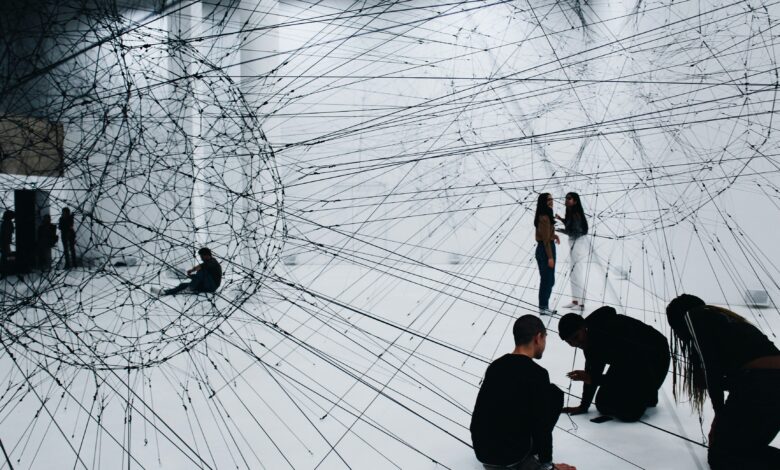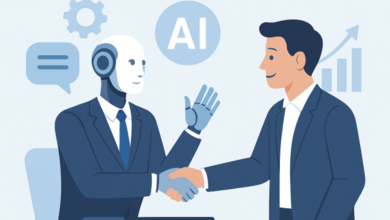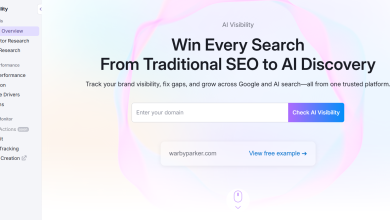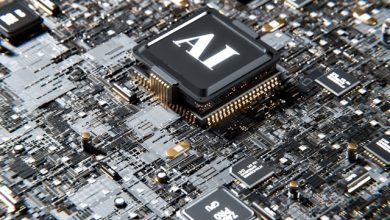
AI is eliminating the traditional HR Business Partner role and creating something far more valuable instead. As routine HR tasks become automated, HRBPs must face a choice: evolve into workforce architects or risk irrelevance.
Whilst some firms make small incremental changes, we see other more ambitious organisations re-writing the rules of HR completely. This means reimagining HR’s role, shifting from operational execution to strategic business partnership that drives measurable business outcomes and value.
How AI is Redefining HR
AI has already reshaped talent acquisition, workforce analytics, performance management and employee engagement. Fast and accurate data is now readily available for things like sentiment analysis, skills gaps and trend identification. This is creating a direct challenge for traditional HRBP roles.
For years, HRBPs have executed HR strategy while managing operational demand. With AI now delivering much of the data analytics and workflow automation, demand for many historical activities are declining sharply.
Rather than seeing this change as a threat, I believe it creates an opportunity. HRBPs who thrive will move from being viewed as a cost centre to becoming value creators who pair AI generated analytics with human context and strategic thinking.
The Workforce Architect: Four New Priorities
As AI’s accuracy, speed and reliability increase, HRBPs increasingly have more time available to apply insights for strategic impact. The Workforce Architect will increasingly focus of four areas:
- Workforce Strategy: Use predictive insights to anticipate talent demand, identify skills gaps and proactively intervene before issues emerge. HRBPs must move from reactive problem-solving to using insights to make predictive skills-based workforce planning decisions.
- Employee Experience: HRBPs must offer what AI cannot such as empathy, trust, cultural context, and human connection, especially during periods of organisational change.
- Change Leadership (not managing change): AI adoption means entirely redesigning workflows and new capabilities. HRBPs must use their organisational context to lead rather than just manage the consequences.
- Ethical AI Oversight: Human control is required to avoid bias and control fairness and transparency. Consistent application of policy will be needed as AI increasingly influences more and more decisions.
Essential Skill Development
The role of a Workforce Architect will expand beyond the traditional capabilities and HR competencies of an HRBP. These include:
- Data Interpretation: Moving beyond intuition-based policy application, to leveraging AI’s firm-wide insights and advising leaders to confidently act on them. This means interpreting data, not just accessing it.
- Technology Fluency: Understanding AI’s capabilities (and limitations) and knowing when to effectively apply it. Know when to trust AI and when human judgment must be applied.
- Business Acumen: A narrow ‘HR only’ lens is no longer adequate. Workforce Architects will have a deep understanding of the P&L, market dynamics, and operational realities to connect workforce decisions with business value.
- Change Leadership: Leading workforce transformation as roles and processes evolve, rather than simply the managing the change initiative.
- EQ & Strategic Thinking: AI can boost efficiency, but humans must provide critical reasoning, empathy and conflict resolution while thinking holistically about org re-design.
The Structural Shift: Ratios and New Roles
As AI streamlines HR operations, HRBP-to-employee ratios will likely double from the current 1:75-1:100 range. This reflects fewer traditional HRBPs and more specialised, high-value roles.
New positions emerging include AI workforce strategists, employee experience architects, and HR technology partners. The pattern is clear: less administration, more judgment, strategy, and leadership.
The HR-IT Convergence Reality
Leading organisations are already merging people and technology functions. Research suggests over 60% of senior IT decision makers expect HR and IT to converge under single leadership within five years.
At Moderna, Tracey Franklin leads both People and Digital Technology. Her mandate isn’t “HR plus IT”, it’s redesigning how work flows and determining what technology should do versus where human expertise is essential. Every employee learns to redesign their own workflows while specialist skills remain protected.
There are also other examples where HR and IT are merging under a unified leadership. The rational is to accelerate decisions and align design with delivery. To leverage AI for human elevation, and to Elevate human Potential by leveraging AI.
Time will tell if this convergence becomes the new normal, but one thing is for sure, the workforce architect role cannot exist in isolation. It requires better collaboration with IT to redesign work flows, not just HR processes.
Redesigning the HR Operating Model
The shift to strategic HRBPs requires fundamental operating model changes:
- Flow-Based Design: Organise around E2E processes like ‘hire-to-productive’ and learn-to-perform rather than being relevant only in your vertical function. Create unified backlogs with clear decision rights and accountability.
- Dual-Track Career Architecture: Design career paths both for specialists (deep expertise) and integrators (expertise across workflows). Run short and mid-term reskilling cycles so managers and HRBPs gain AI fluency without losing specialisation.
- Business Value Connection: Tie every AI use case to measurable business outcomes such as time from hire to productivity, manager time saved, engagement improvements, grievance reduction. Track value creation, not just cost reduction.
Cost Centre to Value Creation
There is no doubt that the HR function and its roles need to be reconsidered. The HR teams who embrace AI-augmented strategic thinking, data-driven decision-making and workforce leadership will become indispensable.
Organisations who reconsider the entire HR Operating model and begin reskilling their HR teams will see greatest value creation. Start by identifying one workflow where HRBPs currently spend significant and repetitive time. Then re-imaging how the entire process can be redesigned using AI’s strengths alongside human insights.
Ultimately, the HR functions who support their HRBPs to evolve into Workforce Architects will increasingly see the value from partnering with IT as entire workflows are redesigned. This in turn will help the businesses thrive and become more adaptive, more strategic, and ultimately a more valuable and human-focused organisation.





